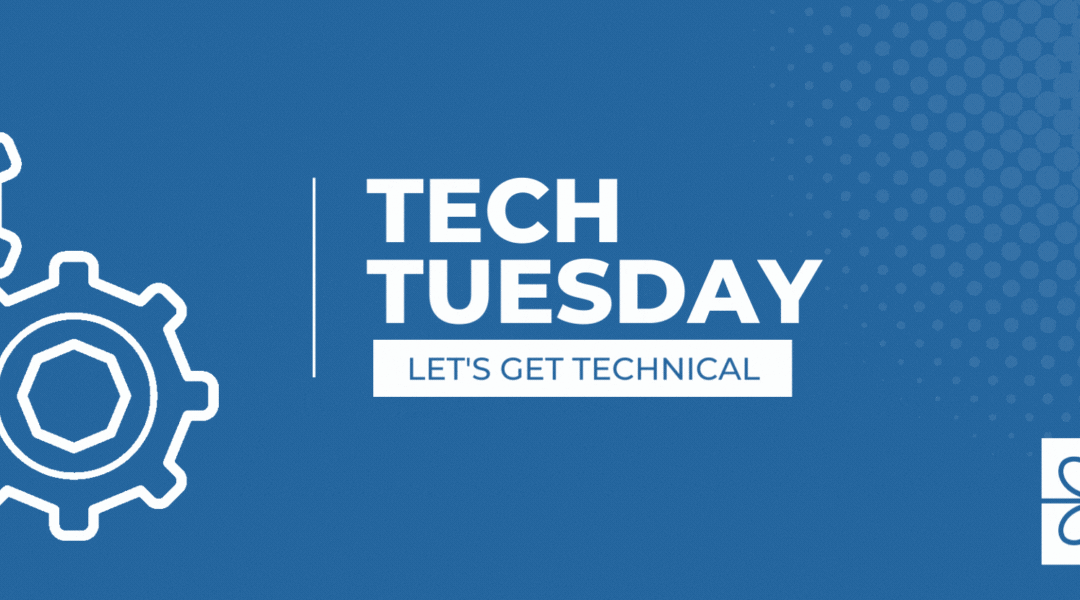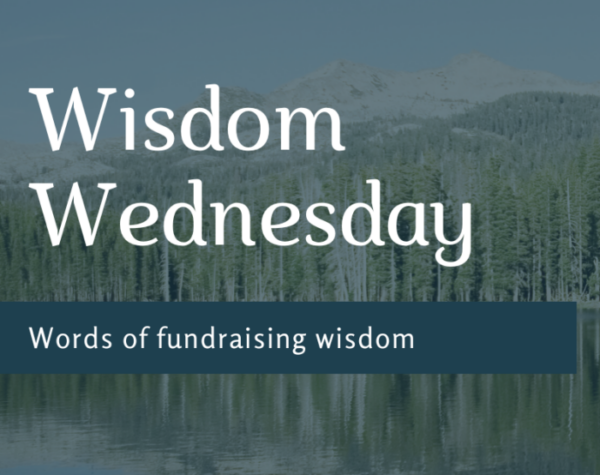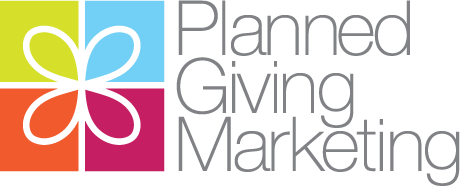4.5 Ways Prospect Research Can Help You Market Planned Gifts
This blog focuses on our primary business, planned giving marketing. But to diversify our subject matter and help fundraisers, we like to feature the work of our friends and colleagues in the community.
Please join me in welcoming today’s guest author, Sarah Tedesco. Sarah is the Executive Vice President of DonorSearch, a prospect research and wealth screening company that focuses on proven philanthropy.
We hope you enjoy this post on prospect research and marketing planned gifts.

4.5 Ways Prospect Research Can Help You Market Planned Gifts
This article should probably start by explaining where the half of an idea comes from.
What’s the “0.5” of the 4.5 ways prospect research can help you market planned gifts? Well, the answer is simple.
Prospect research is invaluable. Prospect research helps organizations identify planned giving prospects. Research provides the necessary data to determine if a prospect is a qualified lead.
This data includes:
• Giving history
• Financial situation
• Age
• Familial ties
• Connection to your cause
• And much more
So what’s the 1/2? It’s the process of finding planned giving prospects. It’s the mysterious half.
Identifying prospects isn’t really part of marketing. Good marketing helps prospects identify themselves.
Hence, the half credit.
All the research in the world won’t be able to make connections with your planned giving prospects if you don’t listen while you build the relationship. Listen as they reveal the “mysterious moment” that made them want to deepen the relationship.
But some research isn’t mysterious. And each of these research-enabled tips will help customize your planned giving marketing to better connect with your prospects.
Using Prospect Research to Reaching Donors
When a supporter of your cause decides to leave a planned gift, there’s a strong likelihood the donor has already built a relationship with your organization.
People tend to give planned giving after they’ve make other contributions.
Since most planned giving donors have a history with your nonprofit, you should have plenty of pre-existing data on the prospect, including communication history.
You should know their
• Email
• Address
• Phone number
• And any other means of contact
If you don’t, a prospect screening can complete any missing information. Once that’s done, store those new details in your database for future reference.
You want to be able to communicate with donors about planned giving as much as you can. You’ll be using those various pieces of contact information to reach out through:
• Email
• Direct mail
• Calls
• And so on
After a series of communications, you can then take the details of the prospect research and use that data to track your performance, making adjustments for next time.
As you go along, you’ll be able to improve the language of your messaging so it appeals to more donors.
Prospect Research for Educating and Opening Opportunity
You’ll also want to keep in mind that planned giving communications can most often take two paths:
- Educating potential donors about making a planned gift.
- Giving donors the opportunity to let your organization know that they have included you in their wills.
Donor communications, though great for promoting planned giving, offer valuable space where you can ask donors if they’ve decided to allocate a planned gift.
Obviously, leaving a planned gift is not a decision that is made lightly. Interested parties are likely to have questions. They’ll want to speak with one of your gifts officers. But many times the first time a donor hears about planned gifts is through a standard mailer. To get the process started, communicate as many times as you can afford.
Remember that regular communication is key.
Very few donors will make such a significant decision after one interaction. Share multiple pieces of information about planned giving over an extended period of time to ensure you are providing your prospects with the resources they need to make a decision about donating.
Prospect Research to Facilitate Introductions
What’s your marketing strategy if you don’t have a strong relationship with your planned giving prospect?
Maybe the prospect has just attended a few of your events or has only donated once or twice over the years. Either way, it’s important that your marketing accounts for that disconnect.
Prospect research can help.
Use your prospect research to reveal any underlying connections your organization or friends of your organization have with the prospect. Take advantage of those ties.
For example, it’s quite common for a board member to have a relationship with a planned giving prospect.
If that’s the case, include your mutual contact in the marketing and cultivation process. That could mean you invite the board member to a planned giving lunch-and-learn. Alternately, you could send an informational letter about bequests from the board member.
In both instances, your nonprofit’s planned giving program is being vetted organically by this mutual connection. And you learned of the connection because of accurate prospect research.
The average planned gift is between $35,000 and $70,000. A prospect, no matter how wealthy, has to trust and feel comfortable with an organization to gift that amount of money. Leverage a personal connection to open the conversation. This trust always helps.
Fixing Errors in Prospect Research
The better your data is, the better your communications will be. To make the most of your planned giving marketing, you need A+ information to start. Prospect research can help with that!
Just like you can’t market if you don’t know whom you’re marketing to, you can’t market if you don’t have valid contact information.
This is true for all levels of prospect research and donor acquisition, planned giving included.
Your marketing will stall if you’re sending postcards to incorrect addresses and emailing prospects with the salutation “Dear Donor,” instead of using a first name. A prospect screening will fill in any gaps in your donor data and correct errors.
Prospect Research Reveals a Prospect’s History
As a strategy, there’s nothing worse than a nonprofit than marketing that only asks for gifts. You have to thank more than you ask.
The same is true of planned giving marketing. Don’t lead off with an ask. Instead, begin with a sincere thank you.
To truly emphasize your gratitude, keep your acknowledgments specific using the information revealed from a prospect screening.
You could acknowledge:
• Past gifts
• Volunteer participation
• Event attendance
• Workplace giving submissions (like matching gift and volunteer grant requests)
These acknowledgements and recollections will demonstrate that you value the relationship you have with your prospect.
As I’m sure you can see, there’s a principle threaded through all of these points.
Getting to know your prospects better, no matter what you’re learning, helps your marketing.
With prospect research in your corner, you can customize and personalize your planned giving marketing materials and reach your fundraising goals.
Give us a call for help with prospect research and creating an effective and personalized planned giving marketing strategy.

70 ½ vs. 73?
70 ½ vs. 73? We’ve been hearing some confusion from a lot of clients around the age split of 70 ½ vs. 73 for gifting from an IRA. Which is the correct age? What are the rules around each age? When it comes to marketing this great gifting strategy, the problem is both...

Wisdom Wednesday – Are you 85?
Are you 85? I didn't think so ...We've talked about the mindset of our most senior donors in the past. And we'll most likely talk about it forever. Why? None of us know what it's like to be 85 - unless we're 85.We've all been 16 before. Most of us have even recovered...

Generational Marketing – Traditionalists
Generational Marketing - TraditionalistsTraditionalists include those aged 77+ and will be a key group when it comes to your planned giving outreach.Learning how to communicate with this portion of the population is important for your success. Discovering the nuances...
Tech Tuesday – IRS Discount Rate
IRS Discount Rate With the signing of the Consolidated Appropriations Act of 2023 and the provision referred to as Secure 2.0, there is newfound interest around Charitable Gift Annuities* (CGAs). Because of this we’re all becoming reacquainted with the IRS...
